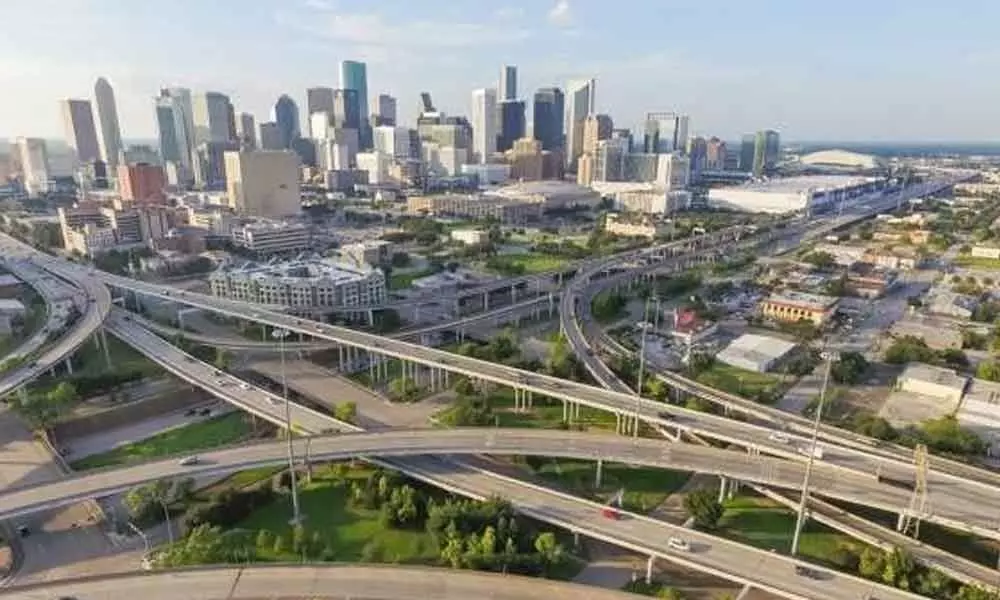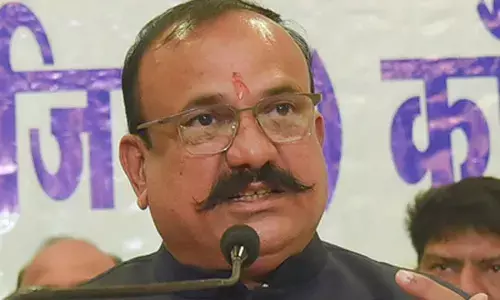Challenges for infra development in India

The recent news that India plans to open 100 new airports by 2024 is both ambitious and commendable.
The recent news that India plans to open 100 new airports by 2024 is both ambitious and commendable. That said, large-scale infrastructure push whether in airports or any other sector will have to overcome challenges that are being faced across the infrastructure horizon in India.
More importantly, common pitfalls such as retroactive contract changes must be avoided in the process of infrastructure creation. It needs to be underscored that the challenges that Indian infrastructure must overcome are neither new nor exclusive to India.
But, a re-examination of the problems is critical to further looking for solutions that can exacerbate infrastructure creation.
Firstly, issues around contract enforcement such as Power Purchase Agreements (PPAs) must be reduced to the minimum.
Litigations resulting from retroactive changes in contracts that have been signed years back seriously affect the capacity of the infrastructure sector to attract the required capital.
The recent problems that renewable energy companies in Andhra Pradesh have faced once again bring to the fore the issues around contract enforcement in India.
While litigations in business in general, especially in complex infrastructure projects, is a concomitant of normal proceedings, the revision of existing PPAs that were assigned via open auctions creates serious impediments for capital sourcing for Indian infrastructure.
Not only are such issues negative for the existing investors in the projects, but also send wrong signals to prospective investors who are contemplating investments in India.
Such contract enforcement issues significantly reduce the "bankability" of infrastructure projects, an outcome that militates the aim of rapid infrastructure creation in India.
Secondly, it is essential for India to ensure that infrastructure and infrastructure-related businesses have ease of access to inputs at appropriate price levels, so that the businesses created can deliver the infrastructure service sustainably and at prices that reflect the real value of the asset.
This point applies across the spectrum from land acquisition price for highways to spectrum auction prices in telecom.
The appropriate input prices for infrastructure requires balancing a multitude of factors such as a fair price for the inputs (such as land and spectrum), a price that allows a sustainable business, a price that will enable customers access to a service at charges deemed reasonable, profits to the entrepreneurs, sustainable projects especially for lenders and the long-term prospects of the sector.
At the least, one must realise that the different objectives cannot all be improved upon concurrently. However, all are critical and, more importantly, in the long-run aggressively pursuing one aim at the cost of the others renders the projects in distress, thereby putting at risk the interest of all stakeholders.
Balancing the various objectives will be even more vital going forward as all stakeholders need to get a fair deal.
Thirdly, a renewed focus is needed on the "pricing" of the infrastructure service to the end-user. Once again, the "appropriate level" of user charges will require balancing the interests of the various stakeholders.
The "pricing" refers to the toll-road charge, electricity charge, airport user charges etc. While the charges are essential for specific projects to deliver returns, the charges must be sustainable from a long-term perspective and reflect to a large degree the economic value the end-user derives from the usage of the asset.
Most importantly, if infrastructure services are intended to be provided free of cost, with significant subsidies or with full user-charges, then the government must plan for financing for the project with clarity around what components are to be financed by the budget and what components are to be funded by investors.
Determining the appropriate level of user-charges is essential for the financial sustainability of the projects.
Essentially, "price" for the infrastructure service rendered is the core value that determines the cashflows of any project. Therefore, a precise evaluation of the risks and issues that the cashflows face is critical for long-term infrastructure creation.
For instance, for a toll-road, the toll-tax paid must be evaluated on a variety of benchmarks including but not limited to the convenience of the toll-road relative to alternatives, the long-term sustainability of the toll-charge, a reasonable estimate of toll-charge hikes priced into the future etc.
While determining the appropriate level isn't an easy task, a lack of focus on the long-term financial sustainability of projects runs the risk of rendering projects to suffer once the asset is operational.
Most importantly, it is vital to note that contract enforcement, right price of infrastructure inputs and the appropriate user charges are all intertwined and contribute significantly towards the availability of financing and rapid infrastructure creation.
The eventual aim is to create bankable infrastructure projects that can financially sustain themselves over the life of the asset to create value for all stakeholders involved.

















